It’s not easy being green. Especially if you’re an independent convenience retailer. While the multiples have the big budgets and economies of scale that make investment in the latest green technology - biomass generators, super-efficient fridges and such like - a no-brainer, too often the indies’ diminutive size and lack of funds mean any attempt to go green hits the red light.
Yet the pressure to go green is mounting. Business energy bills rocketed 60% between 2010 and last year [uSwitch] and their ascent has continued unabated into 2012. For indies faced with stiffening competition for sales with the multiples and continuing price inflation, keeping a lid on costs has never been more important. And the most important cost to keep in check today is energy.
“I spend in excess of £100,000 a year on energy,” says Kishor Patel, who runs seven Nisa Locals in Bedfordshire. “Energy used to rank fourth or fifth in our business costs - now it’s number two after wages. It’s going to continue to grow.”
So how can retailers like Patel counter the continuing inflation in energy costs?
The experts are unanimous that greater efficiency needn’t cost the earth. “People almost take for granted the unit rate they’re paying for their electricity,” says Steve Clamp, a consultant at Expense Reduction Analysts. “There are a lot of very different prices out there - businesses need to take the time to make sure they’re paying the right rate.”
Chillers: The biggest energy drain in store. Retro-fitting doors can drastically cut energy loss but it can be prohibitively pricey. The Carbon Trust adds that retailers can save more than £400 a year (and two tonnes of CO2) by adding night blinds to a 2.5m chiller. Attention should also be paid to product type, says ERA’s Lorraine Gannon: “There’s no point filling them with champagne if you only sell a bottle a month.”
Freezers: A particularly energy-hungry area. Updating old freezers can pay for itself in three years, say experts. Musgrave also recommends the use of smarter, gel-filled sensors that don’t tell the freezer to begin working as soon as a door is opened.
The plant room: Smart meters can give retailers a much clearer idea of where - and when - energy is being used, allowing them to implement savings. Lagging hot water pipes will also pay dividends, say experts.
Lighting: LED systems may be pricey but they last a lot longer and use as little as 10% of the energy of their incandescent cousins. Savings can also be made by making sure light is being shone in the right direction (clearly there’s no point in lighting the top of a shelf) and making the most of natural light where possible.
Condensers: Making sure these are in the optimal position is key. There’s no point locating one expelling hot air next to another’s intake valve. Some new models emit air vertically, cutting the risk of them interfering with the efficiency of neighbouring equipment.
It’s not just a case of shopping around for better base rates either. “The electrical demands of different businesses can vary hugely so it’s important you get your import capacity right,” says John Curran, head of sustainability at Musgrave. “If you exceed your import capacity you will get a penalty and if you don’t use enough you’ll be paying too much.”
Next, retailers need to identify the most energy-intensive parts of their operations and the areas where the greatest energy loss is taking place in their stores. “People need to understand their own energy consumption profile and patterns,” says Brian O’Hagan, MD of Eco-monitor, a company that provides smart metering technology and energy-use analysis for a range of businesses. “There’s a hell of a lot you can tell about how a business is performing just by looking at smart meters.”
By measuring consumption with smart meters, which identify the equipment using the most electricity, retailers can shave 10% to 15% off their bill, says O’Hagan.
“Energy is now our number two business cost after wages. I spend in excess of £100,000 a year”
Kishor Patel, indie retailer
Patel is also convinced he can make significant savings through monitoring electricity use more closely. He’s recently asked his staff to manually monitor energy use at each of his stores to allow him to identify which outlets have the biggest appetites. Next, he plans to fit smart meters (for about £300 each).
There are no prizes for guessing which pieces of equipment the meters will show as being particularly wasteful. “Fridges are, of course, one of the biggest users of energy in a store,” says Curran. “Doing something about this is a bit of a no-brainer.”
As long as the price is right. After enquiring about retro-fitting sliding doors to a five-metre bank of chillers in one store, Patel was astounded when he was quoted £20,000, meaning that if he were to fit similar doors to all his stores’ chillers, the cost would be far in excess of his annual total energy bill. “It’s completely uneconomical,” he says. “We all want to go green but when you get quoted prices like that, it just puts you off.”
A cool deal?
The cost of chillers is enough to make anyone hot under the collar. With refrigeration accounting for about 70% of a c-store’s energy demand, this is an area where big savings can be made. Help is at hand: the government and Carbon Trust’s Enhanced Capital Allowance scheme allows businesses to write off the entire cost of more efficient equipment against their taxable profits in the year of purchase. The deal includes:
- Controllers: £3,2501 17.7t2
- Display chillers: £1591 0.88t2
- Night blinds: £4071 2.22t2
- Chiller compressors: £5561 3t2
- Condensers: £6,4671 35.2t2
Notes: 1: Estimated annual cash saving 2: Estimated annual CO2 saving
There are other solutions out there. Coca-Cola Enterprises is currently offering retail customers branded chillers with doors to help them cut their energy bills, although Patel is not convinced. “It would certainly work in smaller stores - say up to 1,000 sq ft - but we have never wanted to get tied into one supplier who might try to restrict what we can do. Part of our success is that we have remained independent.”
Instead, he will be looking to buy more efficient chillers (with doors) when the time comes to replace his chillers. In the meantime there are things he could be doing to cut his chillers’ appetite for energy. As Curran points out: “Obviously many products are perishable and need to be chilled or kept frozen 24 hours a day but things like beer chillers do not need to be on all night. The product’s not perishable - it only needs to be chilled for purchase.”
This sort of common sense should be applied to all aspects of a store before any retailer begins forking out thousands on green technology. Of course technologies like LED lighting, voltage optimisation or natural ventilation systems can help to dramatically reduce energy bills, but first retailers should be taking simple, low-cost steps. For example, are existing lights or refrigeration condensers in the correct position?
“We’ve done many little things to save energy,” says Patel. “In one store we’ve moved our condensers to avoid the situation where you have one breathing out hot air next to another that’s breathing in. We’ve also installed a condenser that blows the air straight up. Looking after your equipment and monitoring temperatures is also really important. When we just had one store, my brother used to do it. Now we have a contractor that services our fridges a couple of times a year.”
Such maintenance is key, agrees Clamp: “This is an area where these guys can make a lot of progress. Are their suppliers just muddling around with a clipboard or are they being charged to be innovative and use their experience and knowledge to reduce their energy costs? Refrigeration is a classic example of where this can happen.”
“Are suppliers muddling around with a clipboard or are they using their experience to reduce costs?”
Steve Clamp, ERA
Life-cycle costs as well as the initial price of a piece of kit need to be factored in, as does the cost of any replacement parts. “It’s not just about kilowatts per hour,” says Clamp. The cost of replacing lights when they reach the end of their lives can make a significant dent on any return on investment, he points out, although he adds: “The new technologies can last a lot longer. Incandescent lights last about 6,000 hours. Some of the new, more efficient technologies can last between 10 and 12,000 hours.”
Curran agrees that it is wiser to look at life-cycle energy costs rather than just the upfront cost. “Often when the capital decision is being made, people don’t necessarily think about the life-cycle costs,” he adds.
They just think about the upfront costs and this can be a false economy. As the saying goes: buy cheap, buy twice. Especially when it comes to lighting. The cost of installing LED systems can run into tens of thousands of pounds, but they can out-live less efficient systems, making the total savings on offer particularly attractive, say experts. Another area requiring attention is the back room, where simple steps like insulating hot water pipes can deliver significant savings.
Musgrave is now looking in to ways to spread the word here in the UK after the success of a programme aimed at helping retailers become more energy efficient in its home market of Ireland. “In partnership with the Sustainable Energy Authority of Ireland, we have got grant funding to run education training courses for retailers. We’ve literally written the course using our knowhow and tailored it specifically for the types of retailers we deal with,” says Curran.
“We’ve probably been a bit slower here in the UK, where smaller stores can get left behind by some of the big players when it comes to sustainability. We have a responsibility to try and help independent retailers in Britain improve things. We are looking to do some work with the Carbon Trust to address this.”
With retailers continuing to feel the pinch from escalating energy costs, the sooner, the better.










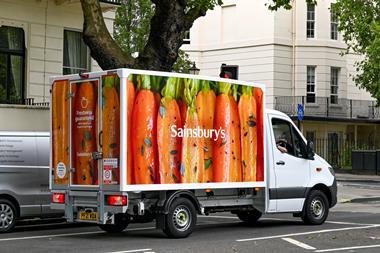
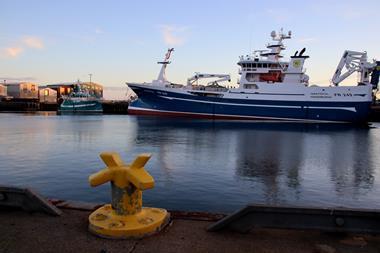
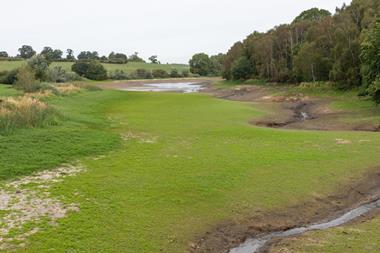


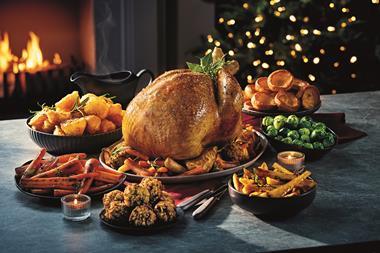


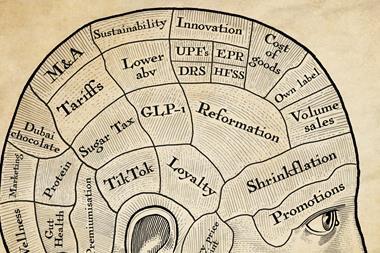
No comments yet